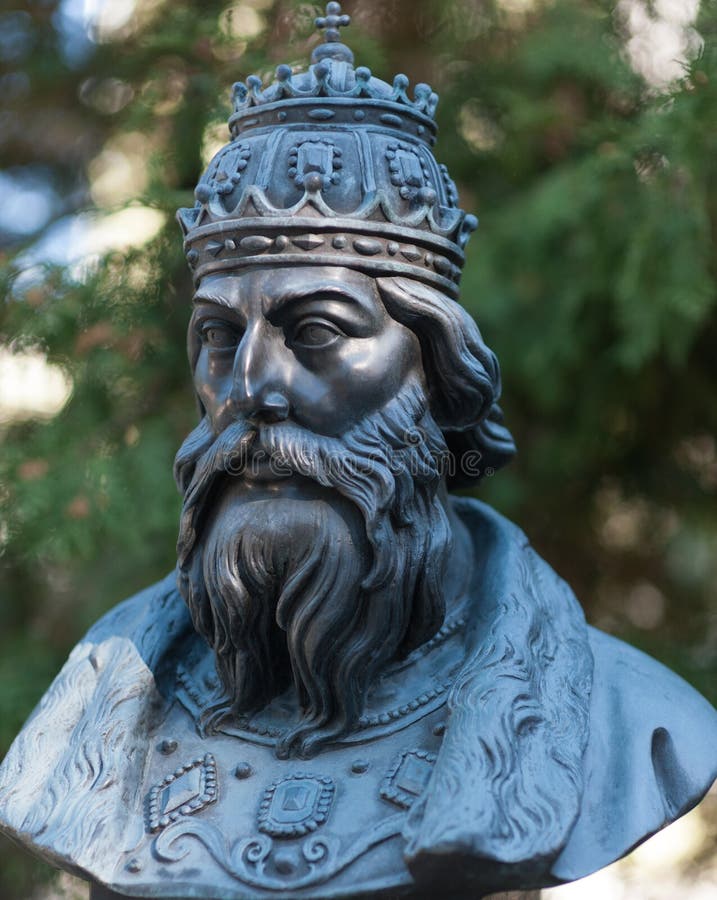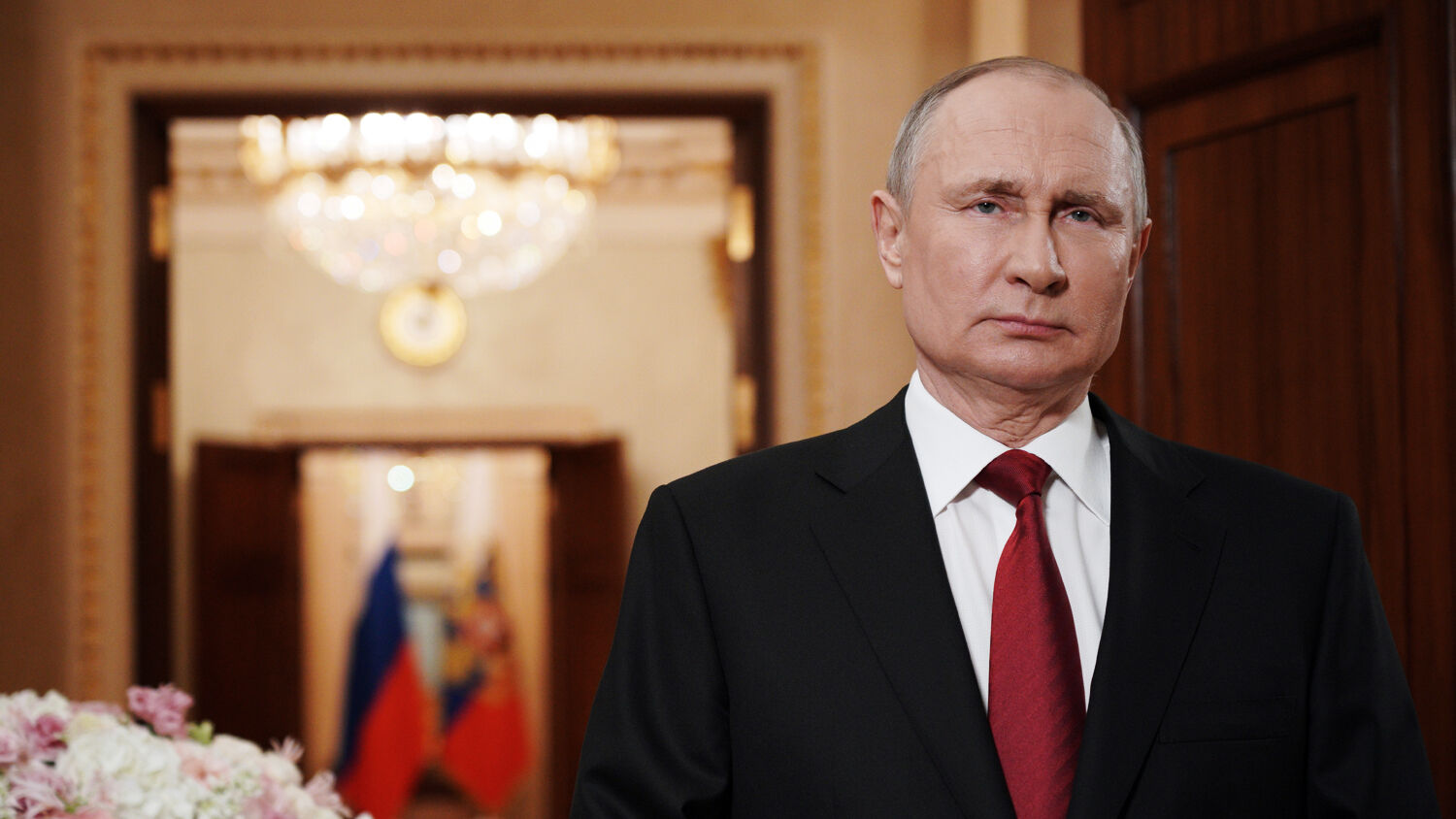

The warring factions included the Red and White Armies. Russian Civil WarĬivil War broke out in Russia in late 1917 after the Bolshevik Revolution. Lenin became the dictator of the world’s first communist state. The Bolsheviks and their allies occupied government buildings and other strategic locations in Petrograd, and soon formed a new government with Lenin as its head. Lenin instead called for a Soviet government that would be ruled directly by councils of soldiers, peasants and workers. The provisional government had been assembled by a group of leaders from Russia’s bourgeois capitalist class. On November 6 (or October 24 and 25 on the Julian calendar, which is why the event is often referred to as the October Revolution), leftist revolutionaries led by Bolshevik Party leader Vladimir Lenin launched a nearly bloodless coup d’état against the Duma’s provisional government.
#RUSSIAN RULERS SERIES#
Nicholas IIĪfter the bloodshed of 1905, Czar Nicholas II promised the formation of a series of representative assemblies, or Dumas, to work toward reform. The massacre sparked the Russian revolution of 1905, during which angry workers responded with a series of crippling strikes throughout the country. Hundreds of unarmed protesters were killed or wounded by the czar’s troops. Large protests by Russian workers against the monarchy led to the Bloody Sunday massacre of 1905.

Petersburg and Moscow nearly doubled, resulting in overcrowding and destitute living conditions for a new class of Russian industrial workers.Ī population boom at the end of the 19th century, a harsh growing season due to Russia’s northern climate, and a series of costly wars-starting with the Crimean War (1854-1856)-meant frequent food shortages across the vast empire. When it finally did, around the turn of the 20th century, it brought with it immense social and political changes.īetween 18, for example, the population of major Russian cities such as St. Russia industrialized much later than Western Europe and the United States. While the two revolutionary events took place within a few short months, social unrest in Russia had been simmering for decades. In 1917, two revolutions swept through Russia, ending centuries of imperial rule and setting into motion political and social changes that would lead to the formation of the Soviet Union. The Bolsheviks would later become the Communist Party of the Soviet Union. During the Russian Revolution, the Bolsheviks, led by leftist revolutionary Vladimir Lenin, seized power and destroyed the tradition of csarist rule. The violent revolution marked the end of the Romanov dynasty and centuries of Russian Imperial rule.

The Russian Revolution of 1917 was one of the most explosive political events of the twentieth century.


 0 kommentar(er)
0 kommentar(er)
